If you are keen to begin your own restoration project, consider applying for help from Te Ara Kākāriki Greendot Programme. You could receive an ecologist written restoration plan, a small funding contribution and the possibility of being part of a community planting day.
If you don’t qualify for assistance through the Greendot Programme, we have an experienced restoration services field team available for planting, maintenance and other jobs associated with your native restoration project.
For those planning to plant on their own, we recommend employing an ecologist to write a restoration plan for your site. This would include analysis of the soil type, consideration of site conditions and characteristics, and give you a list of species most suitable for your site. Please feel free to contact us for ecologist suggestions.
If you’re planting by yourself, we suggest following these steps:
Locate your property or site on Canterbury Maps by entering your address in the top search bar. Select ‘add data’ from the blue bar on the top right – it looks like a piece of paper with a plus symbol. Next, scroll through the options on the righthand side until you see ‘S – Map Data’, and click ‘add’. Close the Add data box, then click on your site location within the map. This will bring up a box of information. Use the arrows to click through the information until you see Long Soil Name – this is your soil type.
While this website is helpful, it is not always accurate and we recommend getting your soil tested professionally as well.


Now you have found out the soil type, you can find out which plant communities are most suitable. Planting is a big investment of time and money, so it is important to choose the right plants. Use publication Native Plant Communities of the Canterbury Plains to find a list of species best matched to your site. Plants listed with an (O) are the most hardy species and those without this symbol can be added once the pioneer species are established.
Contact your nursery to confirm they can provide eco-sourced, restoration grade seedlings, and seek their advice on the plants you have chosen.
Place your order at least 9 months before you intend to plant, to ensure you receive all the species on your list, and that they have strong root systems. We recommend RX90 or SOP plant sizes for best value and success.
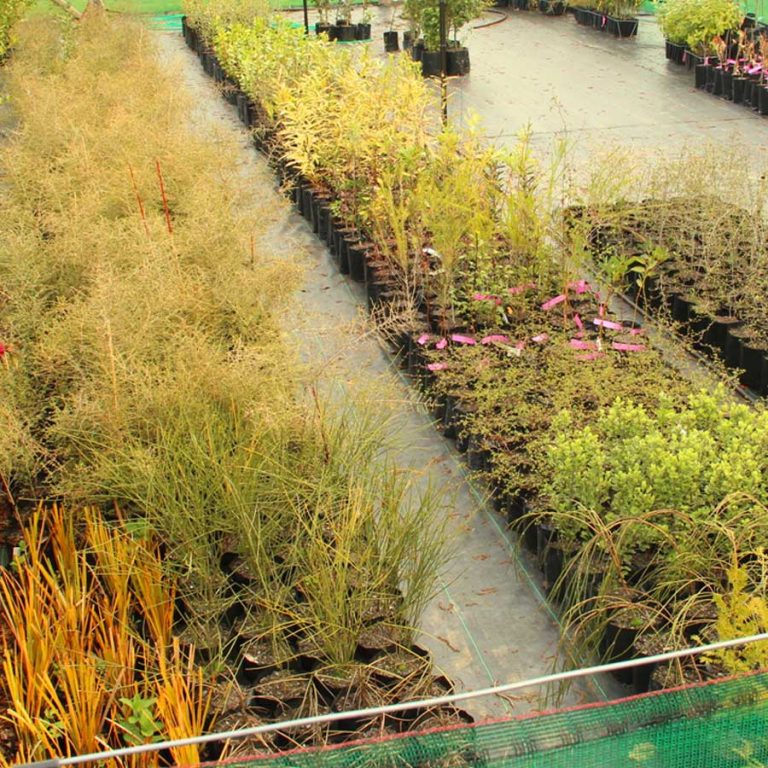
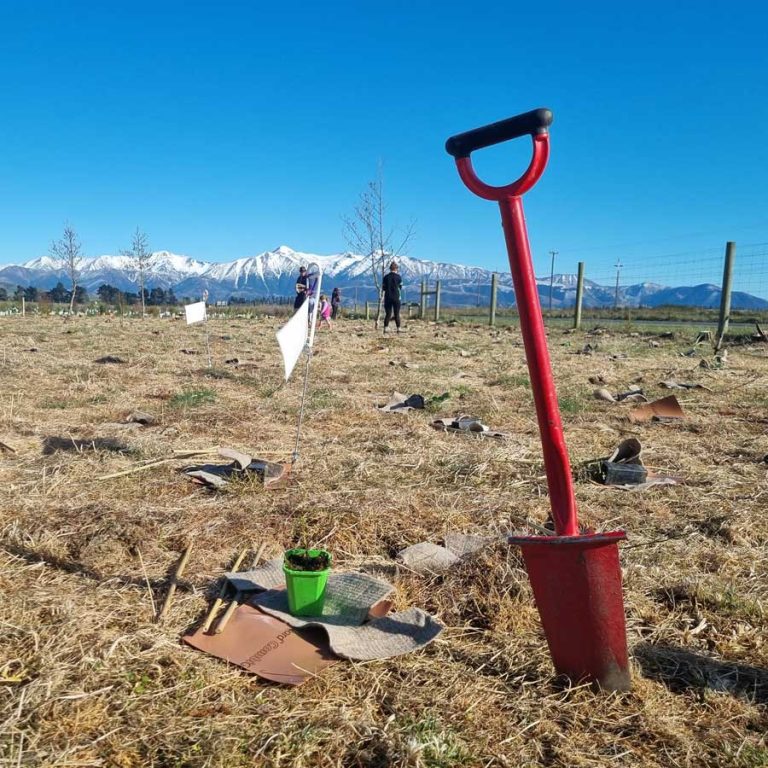
Prepare your site by removing all weeds, fencing it off from livestock if necessary and removing unwanted existing trees.
We recommend all restoration sites that begin from old pasture, dense grass or woody weeds should be sprayed out four to eight weeks before planting. If there is couch or twitch present spray twice. If you are farming organically, you will still need to remove all weeds in preparation for planting. Organic methods can be used including spray or mechanically turning the soil, organic methods will require more regular hand weeding for the first few years.
We use ‘cultivation planting’ which is the technique of digging a hole slightly bigger than the root ball and breaking up the soil with a spade at the bottom and sides of the hole to provide a friable rooting medium for rapid growth and penetration of the roots.
A mat and plant guard for each seedling will provide some protection from weed competition, wild animals, maintenance herbicide and exposure to winds and frost.
Regular maintenance of your planting is crucial to the survival, growth and performance of the planting. Eliminating weed growth in the best way to retain soil moisture which is essential for the survival and growth of your native seedlings. Thick mulching up to the plant guard can help, but only once all weeds are first controlled and make sure the mulch does not touch the stem of the seedling. Irrigation or hand watering can be used, but only sparingly and once weeds have been dealt with.
To follow the progress of your planted area, set up a photo point from which you can take the same photo at regular intervals over time. Include landmarks such as fenceposts or mountains so you an replicate these easily over time. You should also check for any plant losses, identifying which species have perished if possible and taking not of what may have caused deaths so you can adapt any future planting plans or make changes.
To see some examples of our restoration plantings and chat to other landowners who have planted their properties, please join our Greendot Tours which happen every April.
The Friends of Te Ara Kākāriki meeting every July also provides an opportunity to meet like-minded people and hear from a relevant speaker.
Sign up for our newsletter at the bottom of the page to receive reminders of our events.
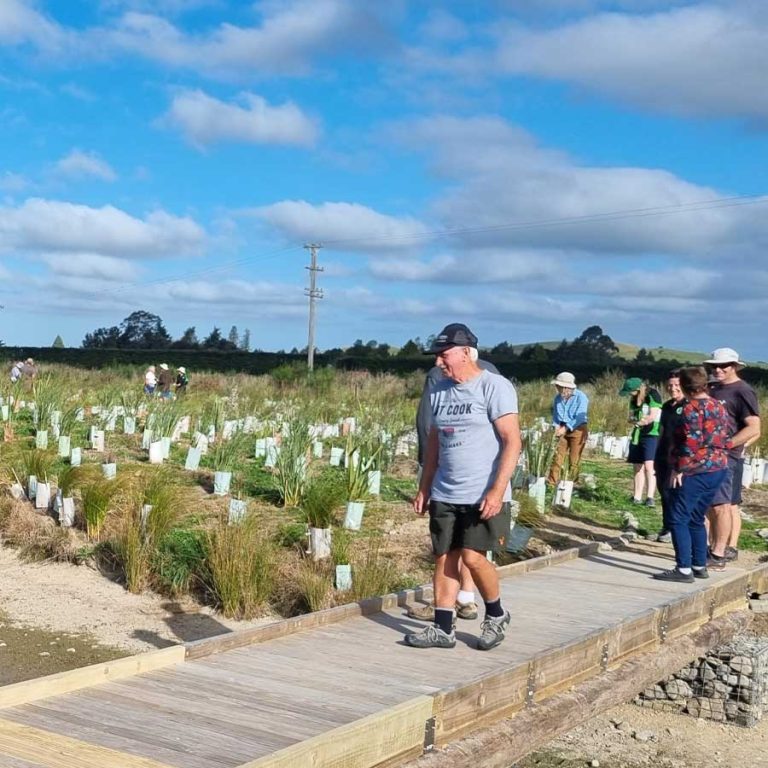
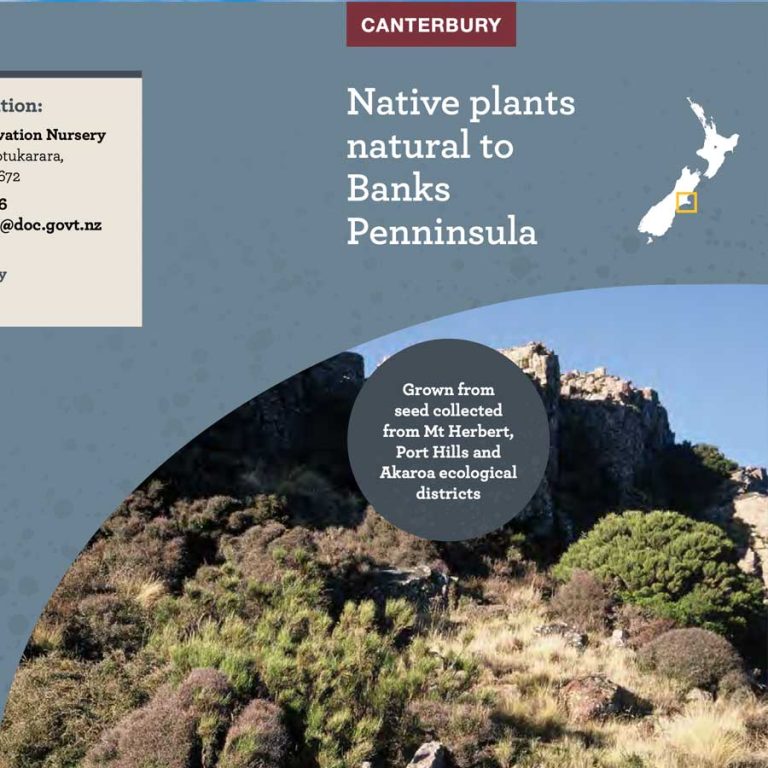
This is a resource from the Department of Conservation. They have a number of factsheets covering the different types of native plants you would find in various areas of Canterbury.
Trees for Canterbury has some useful guides. They are strongly linked to the local community, providing environmental education and native plants, and undertaking plantings with community organisations and schools throughout Canterbury.
Trees for Canterbury is a not-for-profit community organisation that runs on public support of their nursery.
Many of the native plants grown are utilised in community and revegetation projects; the remainder are sold at the nursery to fund community projects.
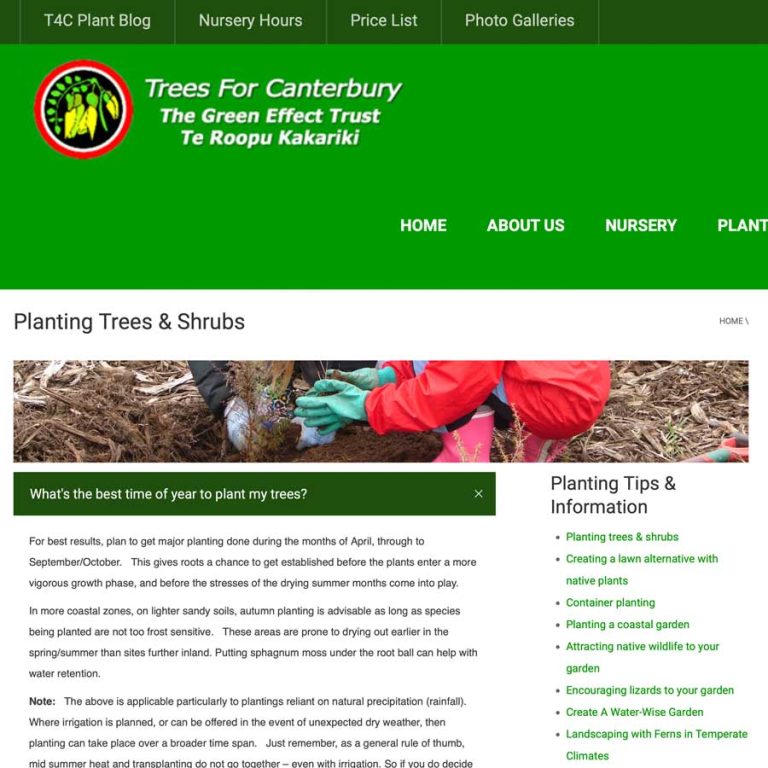
If you are not sure what the best path is for you to start planting your greendot is please get in touch